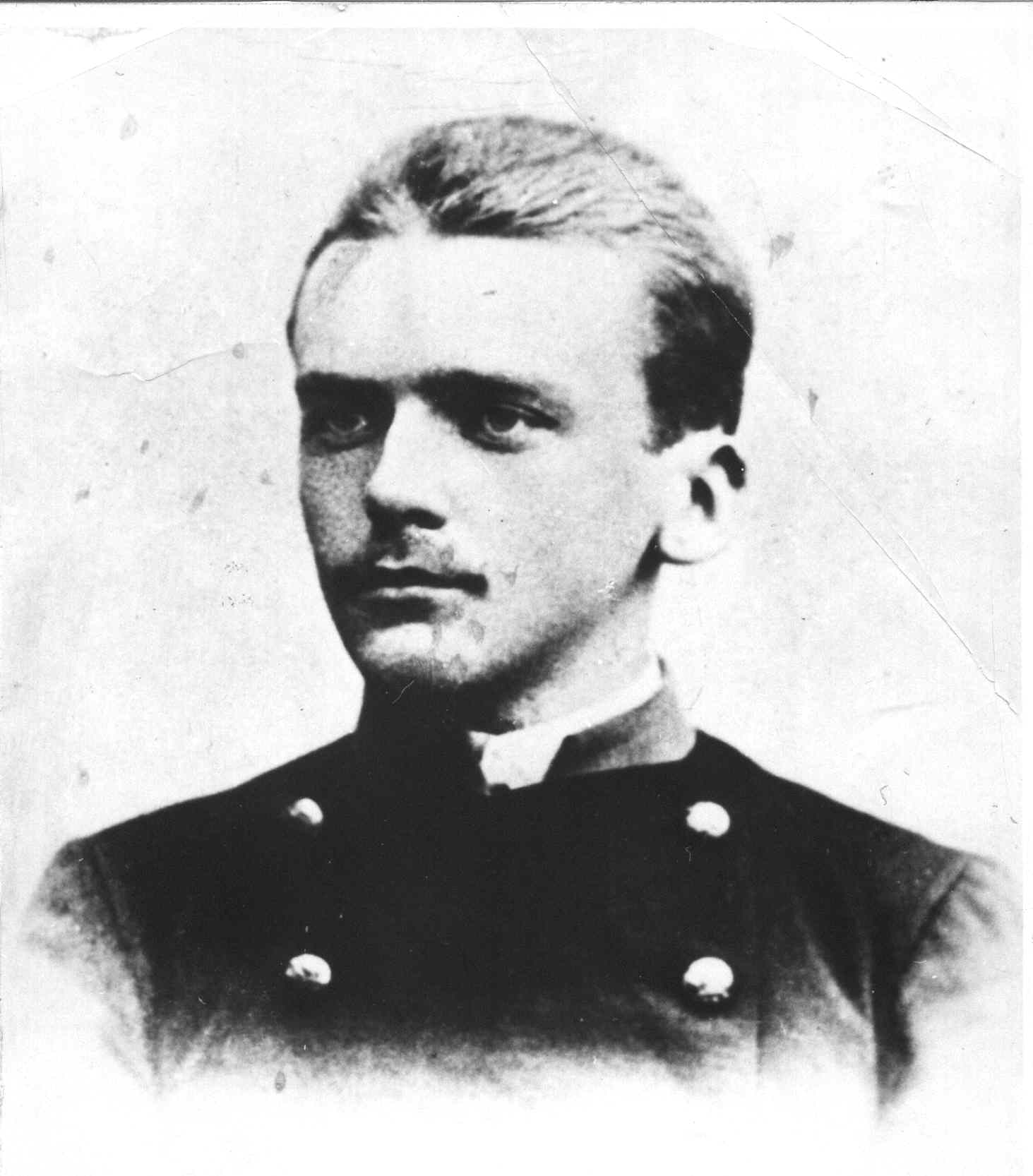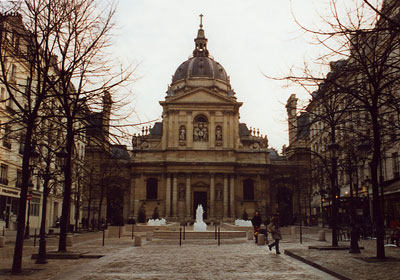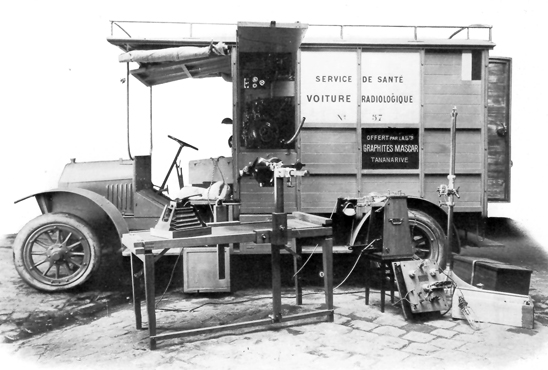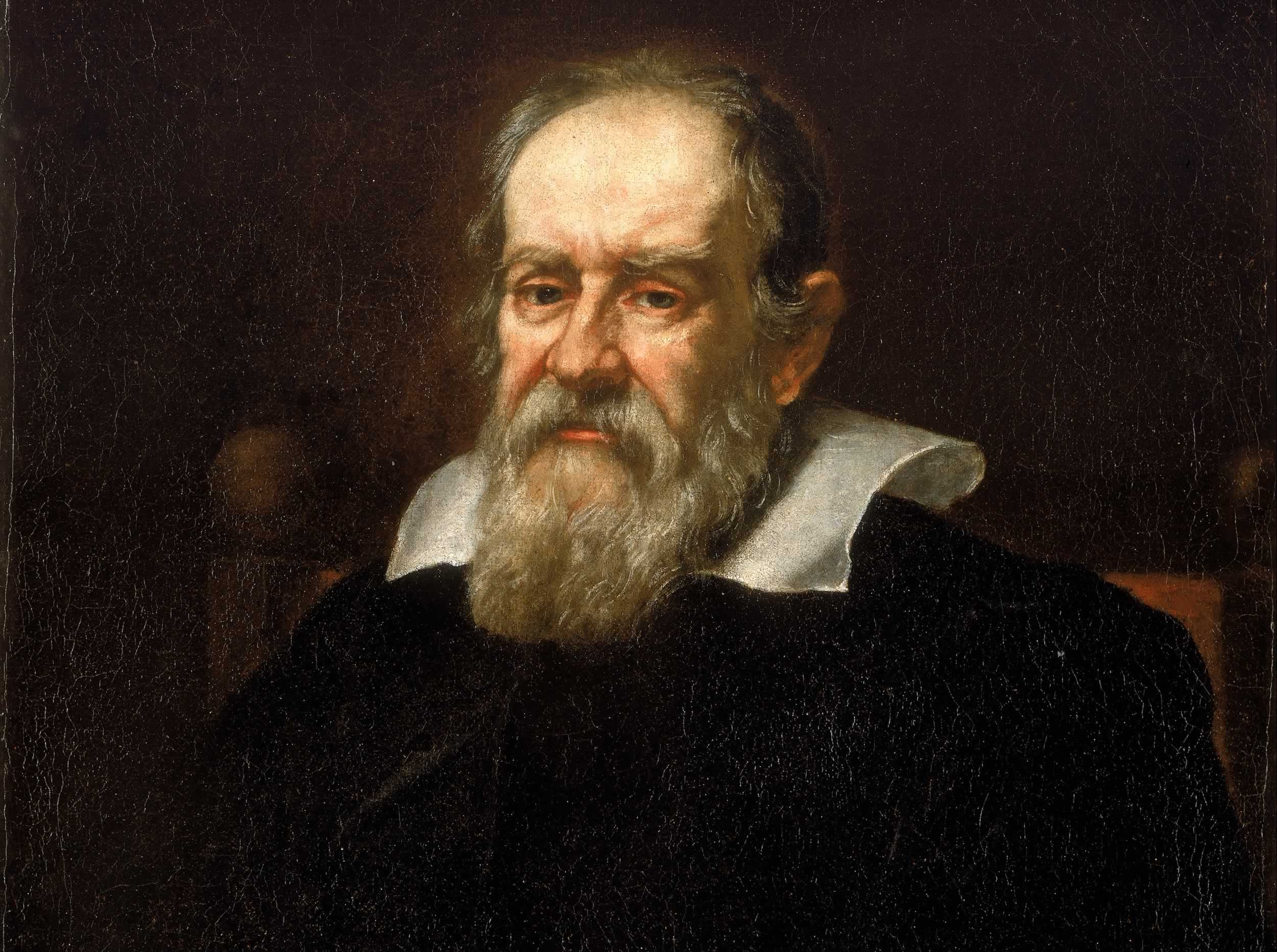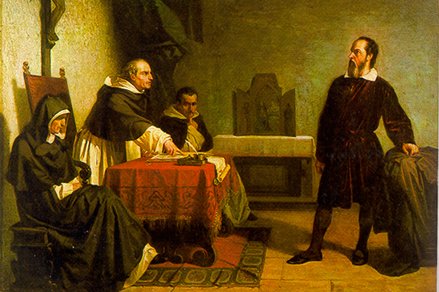Having written mostly about physicists and chemists up to this point, I thought I’d turn my attention to the field of biology. This reminded me of a time in sixth grade, when I read an entire book about Charles Darwin without realizing until the end just who he was. It must have been interesting if it kept my attention for that long, so hopefully I can do his story justice as well.
Charles Darwin was born in Shrewsbury, England, in 1809. He was the fifth of six children in a wealthy and well-connected family. His grandfathers had both been Enlightenment thinkers: Josiah Wedgwood was an industrialist who advocated for the liberation of slaves, and Erasmus Darwin was a doctor who proposed in Zoonomia that species could “transmute” into other species. Darwin’s family was Christian but encouraged free thought and exploration – especially his father, who was a medical doctor. His mother died when he was eight years old.
Darwin was supposed to follow in his father’s footsteps, and so after working as his apprentice in the summer of 1825, Darwin enrolled in the highly respected University of Edinburgh School of Medicine, along with his brother Erasmus. However, he was not interested in the course material and found surgery nauseating (remember, there was no anesthesia). He did have a great interest in natural history, though, and listened to radical speakers give their ideas about the theory of transmutation. Edinburgh was welcoming to freethinkers; this radical speech may not have been accepted at Oxford or Cambridge.
After two years at Edinburgh, it became clear that Darwin was not cut out to become a physician. His father sent him instead to Christ’s College in Cambridge, where he could earn a degree that would qualify him to become a country parson. He was not particularly enthusiastic about this career path, but took the opportunity to pursue his passion of biology and natural history. Beetle-collecting was popular in Cambridge at the time, which suited Darwin perfectly; he collected with such zeal that some of his finds got published in James Stephens’s British Entomology.
Darwin formed a close relationship with the botany professor John Stevens Henslow during his time there, learning a great deal more about natural science. He was further inspired to contribute to the field by reading works by John Herschel and Alexander von Humboldt; Herschel’s work described using observation and inductive reasoning to understand natural laws, and Humboldt’s was a narrative of scientific travels. Shortly after graduating, Darwin took a course on field geology from Professor Adam Sedgwick that involved a two-week tour of northern Wales.
Darwin returned home in late August to find a letter from Henslow. In it, Henslow explained that he had recommended Darwin as a worthy “gentleman naturalist” to accompany the H.M.S. Beagle, captained by Robert FitzRoy, on a two-year surveying voyage. Darwin’s father was initially opposed to the idea, especially since he would have to pay for Darwin to go, but he allowed himself to be talked into it. After multiple delays, the H.M.S. Beagle set sail in late December 1831. Its voyage would last five years.
Darwin had plenty of time to read and think while at sea and took particular interest in Charles Lyell’s recently published Principles of Geology, which FitzRoy gave him. In it, Lyell promoted the theory of uniformitarianism, which holds that the geological forces at work now are the same ones responsible for forming Earth’s current geological features. For example, the Grand Canyon was formed not by a sudden catastrophic event, but rather by the combined effects of erosion by the Colorado River over many millions of years. This idea of gradual change accumulating over time was in Darwin’s mind during his voyage, and he saw several interesting geological features through this perspective.
Though he became quite seasick, Darwin kept meticulous notes on geological features, animal and plant species, and fossils he observed in South America, Africa, the Galapagos Islands, and the Pacific Islands. He also collected bird, plant, and fossil specimens to bring back to England, in many cases so experts could examine them. In the Galapagos Islands, Darwin noticed that the mockingbirds were similar to those in Chile and that their features differed slightly from island to island. This was the sort of evidence he would draw on for his comprehensive theory of evolution.
Upon returning to England in 1836, Darwin found naturalists to catalog his collections and began writing his observations from the voyage formally, as part of the captain’s narrative. The experts soon confirmed that many of his specimens from the Galapagos Islands were unique species, found only in the Galapagos. Darwin also met with Charles Lyell and went on to present his geological findings about South America to the Geological Society of London, in 1837. He subsequently presented his animal and plant specimens to the Zoological Society.
The ornithologist John Gould soon proclaimed that various birds Darwin had identified in the Galapagos were in fact 12 distinct species of finches; he later told Darwin that the mockingbirds he had identified from various islands were also of separate species. From this information, Darwin began formulating ideas about how species could adapt over time, sketching genealogical branches in his notebook.

Darwin’s unpublished genealogical tree sketches
Though we focus on his development of the theory of evolution, Darwin pursued a lot of other scientific work over the years. In late 1837, he fell ill from overworking himself to meet unrealistic publication dates. In the meantime, he had been elected to the Geological Society; he would spend a great amount of time studying geology and marine invertebrates (especially barnacles) over the years. He remained so devoted to biological study that his eventual children accepted it as a way of life. One time when his son, George, visited a friend’s house, he asked the friend incredulously “But where does your father keep his barnacles?”
To get back to the story of evolution: Darwin was greatly interested in Thomas Malthus’s Essay on the Principle of Population, which asserted that the human population would increase geometrically and outstrip its food supply, which could only increase arithmetically. This put an idea into Darwin’s mind: clearly, if left to reproduce freely, most organisms would quickly produce staggering populations that would cover the earth. Since that doesn’t happen, there must be natural restraints on this process, such as predators and various ailments, to prevent most organisms from ever reproducing.
Darwin realized that there must be certain reasons for which organisms survived to reproduce and which didn’t; then, since offspring inherit their parents’ traits (that was all that could be gleaned from genetics at the time), those offspring would be better adapted to their environment than the previous generation. He would eventually call this process of selecting for favorable traits natural selection, and it would feature in his most famous work, On the Origin of Species by Means of Natural Selection, which he published in 1859.

Alfred Russel Wallace had sent Darwin a letter outlining essentially the same theory in 1858, and Charles Lyell and John Dalton Hooker arranged for them to present their ideas simultaneously. Darwin, who had been gathering evidence for his theory for 20 years, was able to publish On the Origin of Species the following year; Wallace was content to continue studying the geographical distribution of life.
Darwin’s main achievement with respect to evolution was actually in convincing fellow scientists that it was a strong theory; the general public already knew that evolution (or transmutation of species) was possible from earlier popular works. However, the scientific community would not accept his natural selection mechanism until twentieth-century advancements in the field of genetics.
Darwin’s theory of evolution is now known as the unifying theory of the live sciences, explaining biodiversity and connecting the various evidence of homologous structures, succession of fossil forms in the geological record, geographical distribution of life, vestigial organs, etc; it was further supported by DNA research in the mid-1900s. Darwin should also be remembered for his enduring work in the fields of geology, zoology, taxonomy, and botany. With respect to religion, he spent most of his life as a deist, believing that God had created the world and then left it to its natural processes.



